
views
Making Homemade Clay
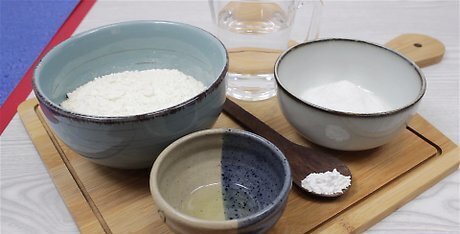
Gather the ingredients. Pre-heat the oven to 350 °F (177 °C). 1 1/4 cup flour 1 1/4 cup salt 1 tablespoon cream of tartar 3/4 cup warm water 1 tablespoon cooking oil

Mix the ingredients. Pour the flour, salt, and cream of tartar in a mixing bowl. Use a wooden spoon to mix the ingredients well. In a variation of this recipe, you can cook the dough in a saucepan. To do this, instead of pouring the the ingredients into a mixing bowl, put them in a saucepan.
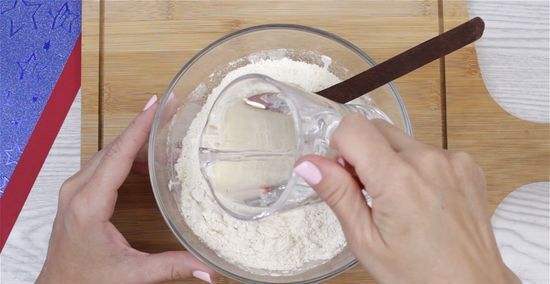
Add a little warm water. Pour a small amount of the warm water into the bowl and start stirring the mixture with a spoon. It should start clumping together as you mix. For the cooked variation, add the water and the oil into the saucepan. Turn the stove on low, and continue cooking and stirring until the dough has thickened. This may take a few minutes.
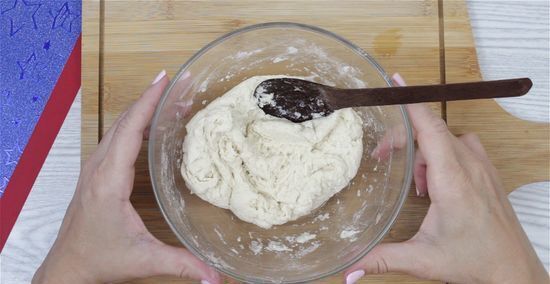
Slowly pour a stream of water. Continue pouring the water in as you mix the clay. Soon the ingredients will form a sticky dough. Many factors affect the consistency of the clay, like humidity in the air and the type and brand of flour being used. If your clay is too watery, add a little more flour. If the clay is too sticky, add a little more flour. If the clay is dry and flaky, add a little water. Add it in very small measures and knead the dough a little. Repeat the process until you think your clay has the right consistency.
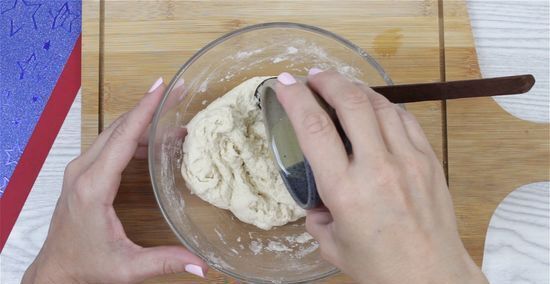
Add the oil. If the clay gets too tough to mix, add cooking oil to make it softer. Don't add too much, or it will affect the consistency of the dough and make it harder to mold. Add a few drops of food coloring to give the clay color. You can also divide the clay into several pieces and color each one separately. Knead the color in with your hands. It may appear marbled at first, but will soon evenly distribute.

Knead the dough. After the dough has formed a ball, sprinkle flour on the counter. Knead the dough until it is a smooth, stretchy consistency. You can also use a rolling pin to flatten the dough. You can knead the dough and add food coloring to the dough made in the saucepan variation. Just make sure the dough is cool before you start kneading so you don't burn your hands.
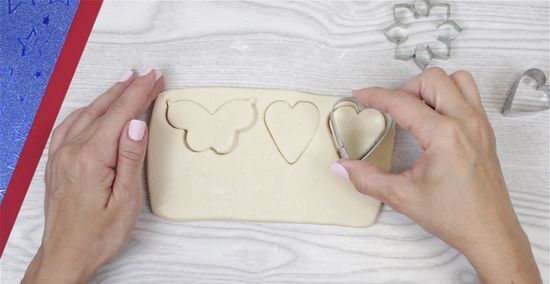
Shape the sculptures. After the dough has been kneaded, shape the clay into different sculptures. If you created a variety of colored piece, knead them individually into shapes and then place them next to one another to build elaborate crafts. Use toothpicks to decorate the clay with holes. You can make eyes, noses and other features. Use cookie cutters to cut out different shapes, or use cookie presses to stamp the clay. Sprinkle the sculptures with some glitter and gently press it into the clay before baking. Take a key ring with a small chain attached and press the end of the chain into the clay. Press more clay around it so that it's secured inside the sculpture.
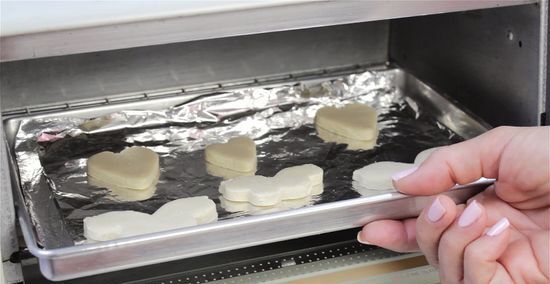
Bake the sculptures. Place the sculptures on a baking sheet. Make sure none of them are touching or they might fuse. Put the baking sheet of sculptures in the oven. Bake them for 20 minutes, or until the dough is nice and hard. Remove the sculptures from the oven and let them cool completely. Since the clay you made is basically a dough, it can be baked in the oven until it becomes very hard. Make sure to watch it in case the sculptures start to burn. Baking the sculptures you molded will preserve them for years.

Decorate the sculptures. Use poster paint, glitter glue, and other fun craft supplies to paint and decorate the sculptures you have made. You can seal with a coat of clear varnish once the paint has dried. This adds a shiny finish to your clay objects.
Making No-Bake Clay

Gather the ingredients. For this no-bake clay recipe, you will need the following ingredients: 2 cups baking soda 1 ¼ cup water 1 cup cornstarch
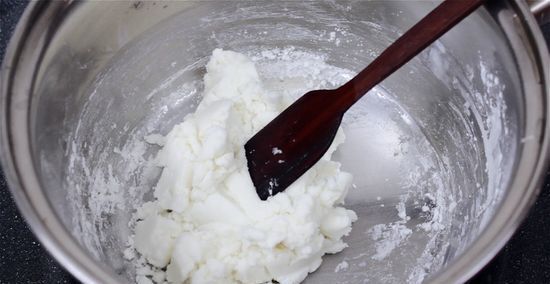
Mix the ingredients. In a saucepan, combine the baking soda and cornstarch. Slowly add the water into the mixture. Continue stirring the mixture while heating it over medium heat. This should take about 4-5 minutes. The mixture will start thickening up quickly. When it is almost the same consistency as playdough, the clay is done.
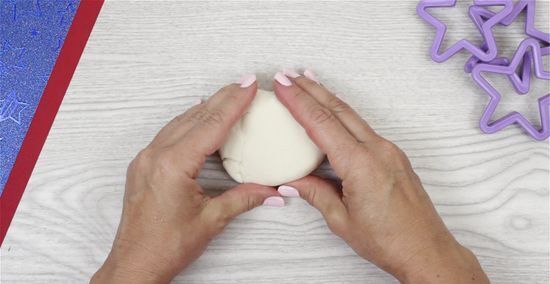
Remove from heat. When the clay has reached the appropriate thickness, remove the saucepan and pour the mixture onto a clean surface. Cover with a dishtowel until cool. You may have to spoon out the mixture if you can't get it to pour from the saucepan. Once the dough has started to cool, knead it until it's thin and smooth. You can also use a rolling pin.
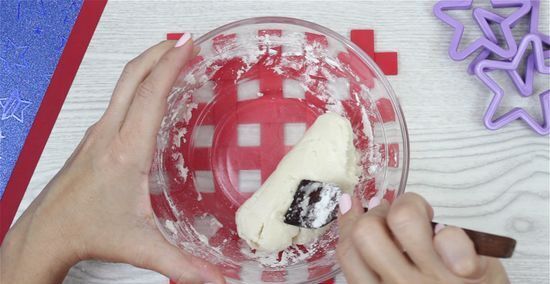
Try an alternate no saucepan, no-bake recipe. If you'd like a variation of the no-bake clay that doesn't require any cooking, use this recipe instead. Gather the following ingredients: 3/4 cup flour, 1/2 cup salt, and 1/2 cup cornstarch. Mix the ingredients in a mixing bowl. Slowly add warm water until the clay mixture starts becoming hard. Sprinkle flour on a clean surface, and place the clay on top of it. Knead the clay.
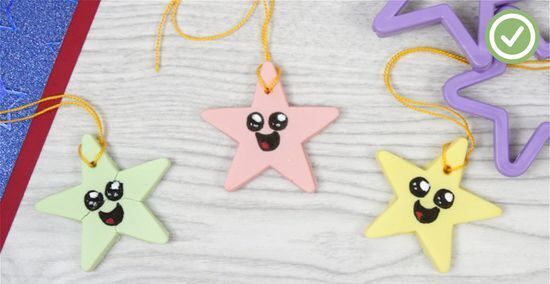
Shape the clay into figures. The clay should be easily shaped into different shapes. If it gets a little too hard, add a tiny bit of water. Allow the shaped clay to dry overnight before painting. Paint the figures using acrylic paint or other types of craft paint. Add glitter, accents, or other craft accessories to your figures and shapes. To change the color of the clay, add food coloring to the clay. Separate the clay into different sections to make different colored clays. You can seal the clay when you're finished by adding a clear coat, such as shellac, acrylic spray, or clear nail polish.


















Comments
0 comment